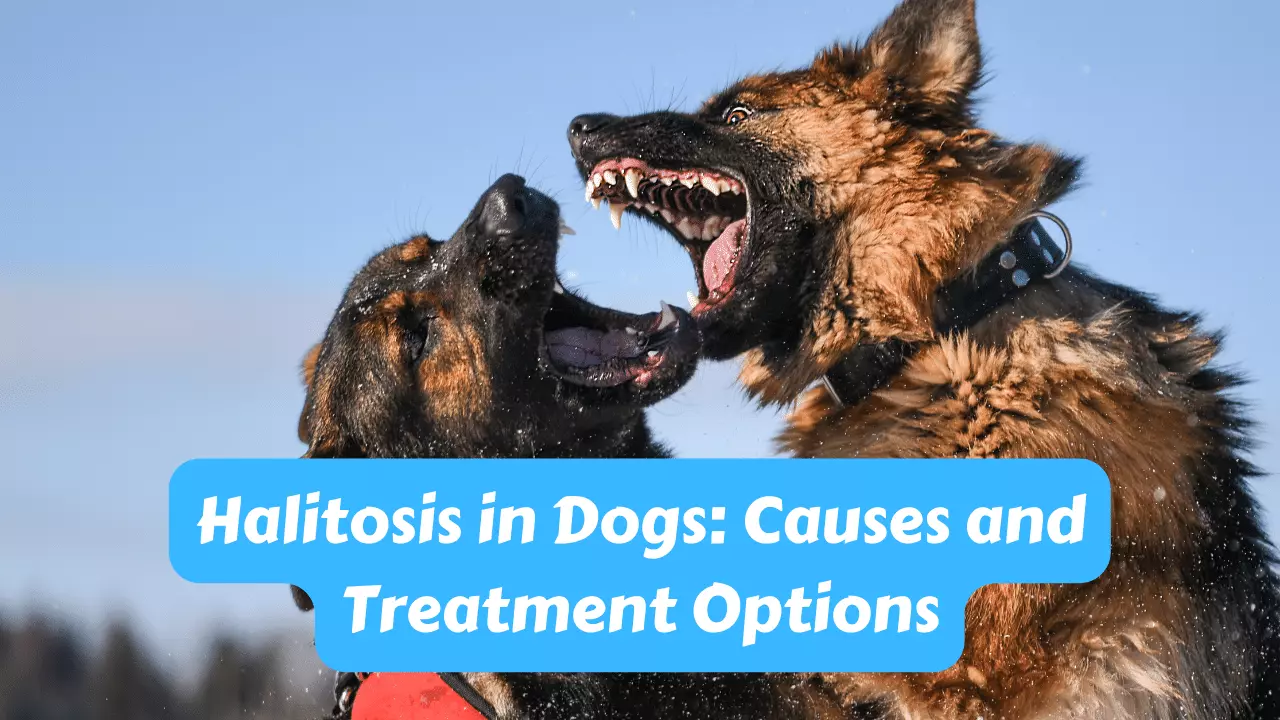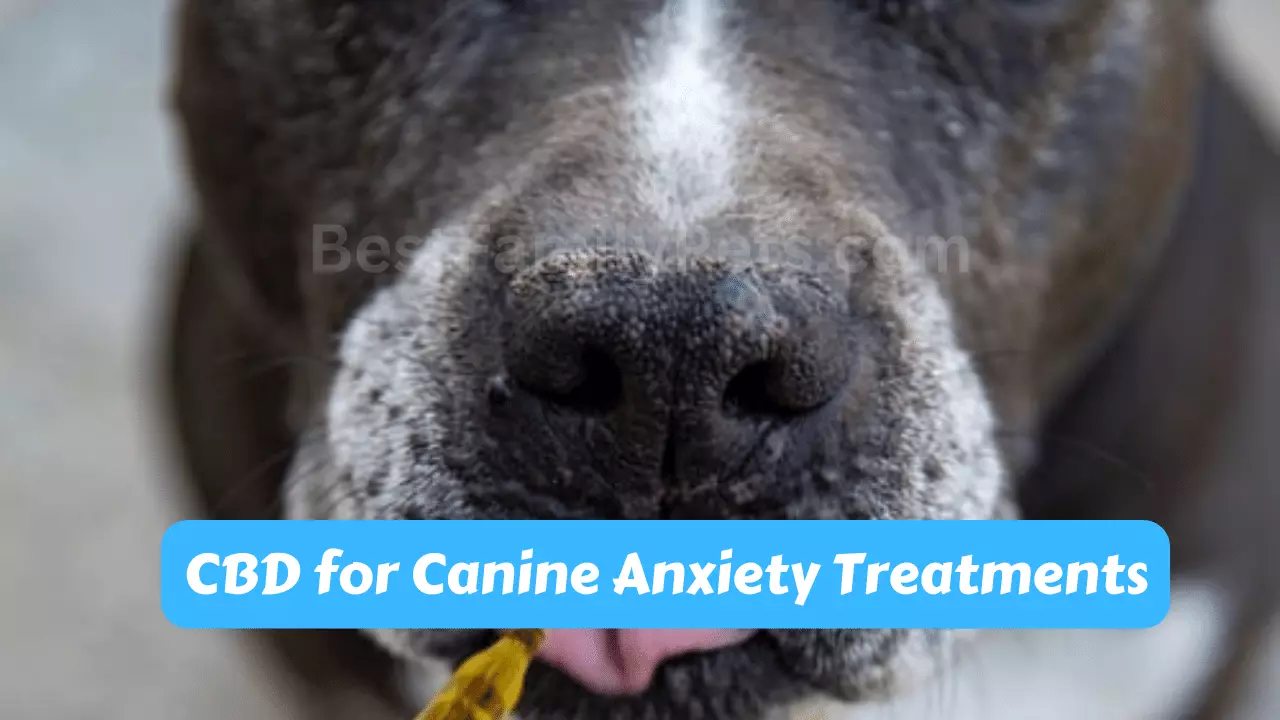Treatment For Cushing Disease In Dogs
Learn about the causes, symptoms, and treatment options for Cushing’s disease in dogs. Help your dog manage this condition today.
There are several methods for diagnosing and treating Cushing’s disease in dogs. This article will discuss the types of tests and drugs used. Depending on the type of disease, treatment may also involve surgery. In some cases, medications are a lifelong treatment for the disease. But if the medication doesn’t control the symptoms, surgery might be needed. Depending on the underlying tumour, surgery may be more effective than medications
What is Cushing’s Disease?
Hyperadrenocorticism in dogs is caused by an overproduction of a natural hormone called cortisol. It is produced by the pituitary gland and helps the body adapt to stressful situations by regulating body weight, tissue structure, and skin condition. If cortisol levels become too high, the body’s immune system weakens and it becomes more susceptible to other illnesses. Although most cases of Cushing disease in dogs are idiopathic, treatments may be necessary.
There are two main types of HAC in dogs, adrenal and pituitary-dependent. Each type of Cushing disease is caused by a different cause. Pituitary-dependent hyperadrenocorticism is a rare form of the disease, which occurs when a tumour develops on the pituitary gland. Regardless of the cause, the condition affects more male dogs than females. Treatments for this condition are different for each type of Cushing disease.
Symptoms
Cushing’s disease in dogs manifests similar symptoms to those of humans. Symptoms include increased appetite and excessive thirst. Additionally, your pet may also exhibit pot belly and chronic skin infections. In addition, their skin may become thin and have poor healing. As a result of their elevated levels of cortisol, Cushing’s disease can lead to diabetes, which makes it difficult to manage. Fortunately, some pets may also develop diabetes at the same time.
Tests Used To diagnose
- The simplest test to diagnose Cushing’s disease in dogs is the urine cortisol to creatinine ratio, which measures how much cortisol is secreted into the dog’s urine. Since dogs with Cushing’s release excess amounts of cortisol into the urine, elevated levels of this hormone can indicate the presence of the disease. However, this test is not conclusive, and most veterinarians will order a blood test to confirm the diagnosis.
- Another test used to diagnose Cushing’s disease in dogs is the adrenocorticotropic hormone stimulation test, which measures the dog’s cortisol level. This test is not specific to this disease, but it can be done to rule out other health conditions.
- Besides blood tests, diagnostic imaging such as CT scanning and MRI can also help determine whether your dog has Cushing’s disease. While these tests are not perfect, they can help your veterinarian rule out other conditions that could be causing the symptoms your dog is displaying. Further tests may be necessary if your pet is diagnosed with another disease that involves the pituitary gland or the adrenals. Nevertheless, if you suspect your dog has Cushing’s, you should consult with your vet before deciding which treatment to choose.
- An abdominal ultrasound may be done to identify whether a single adrenal gland has Cushing’s disease, as well as other organ changes that can be caused by the disease. In addition, blood samples will be drawn at 0 hours, four hours, and eight hours after administering a small dose of synthetic steroid. An ACTH stimulation test is also used to monitor the effects of treatment. Because Cushing’s disease is not easy to diagnose, a thorough work-up and good communication with your veterinarian are essential for an accurate diagnosis.
Diagnosis
To confirm the diagnosis of Cushing’s disease in dogs, the veterinarian will examine your dog and ask about his or her medical history, as well as any main concerns you may have. Your veterinarian will then perform a physical examination and order laboratory tests. If the tests indicate an elevated cortisol level, the diagnosis of Cushing’s disease is almost certain. The treatment of this disease depends on your dog’s symptoms and the severity of the disease.
Once a diagnosis has been made, your veterinarian will decide on the best course of treatment. The right course of treatment will depend on the stage of the disease, your pet’s overall health, and the results of lab tests. Proper follow-up is critical for a good prognosis. Insufficient follow-up can result in relapses, severe illness, and even death in some cases.
Surgery may be necessary in cases where the tumour has spread to other areas of the body. In some cases, surgery is necessary to remove the tumour. However, this procedure is complicated and carries high risks. If your dog develops this disease, your veterinarian may opt to treat it with medication or with surgery. Most dogs are treated with medications. However, the type of treatment depends on the type of tumour found in the adrenal glands.
Treatment
There are many medications available for the treatment for cushing disease in dogs. Some are FDA-approved for human use, while others are only approved for animal use. Anipryl is a monoamine oxidase inhibitor, which raises dopamine levels and decreases ACTH, which signals the body to make cortisol. However, this drug may not be appropriate for all dogs. During its course, the dosage may have to be increased or decreased.
Most veterinarians treat Cushing’s disease in dogs with medication.
- For pituitary-induced Cushing disease, surgery may be the best option. The operation can remove the tumour, but it carries a high risk. If the tumour is benign, the patient will not need surgery. If the tumour is malignant, follow-up therapy may be needed. In any case, the prognosis for Cushing’s disease in dogs is very good if detected in its early stages. If diagnosed, treatment can help the dog live longer.
- The most common treatment for Cushing’s disease in dogs is stopping corticosteroid medication. This medication reduces the excess production of cortisol in the adrenal glands, which can lead to a cure for the disease. In most cases, this treatment works, and dogs can live a normal life with the proper medications. However, 15% of pituitary Cushing patients develop a brain tumour and will experience neurological symptoms and a poor prognosis.
- When administering mitotane therapy, veterinarians must monitor bloodwork and doses to ensure that the medication is reaching the proper levels. During this time, bloodwork should be monitored periodically, as mitotane and trilostane may be given at different dosages. When a dog experiences any of these symptoms, the veterinarian may adjust the dose or prescribe additional medication. If the medication is not causing the desired effect, the vet may prescribe a different drug to treat the symptoms.
Drugs That Treat Cushing Disease In Dogs
Trilostane is a newer medication used for the treatment for Cushing’s disease in dogs. It is the only FDA-approved drug used for treating the condition and is often chosen by veterinarians. Although it can cause some side effects, it is effective in reducing the symptoms of the disease and has a low risk of developing side effects. Nevertheless, it is important to note that trilostane causes ongoing signs of the disease. For this reason, some veterinarians recommend the non-FDA-approved drug Lysodren.
When given correctly, drugs used to treat Cushing’s disease in dogs are effective when given at the right dosages. To monitor your pet’s progress, your veterinarian will conduct regular blood tests, including ACTH stimulation. These tests measure cortisol levels. If the medication is too high, however, it can suppress the adrenal glands and lead to Addison’s disease, a fatal condition. This is why it is important to follow your pet’s treatment plan closely.
Conclusion
Fortunately, with proper medication, dogs with Cushing’s disease can live a relatively normal life. The drugs used for the treatment of Cushing’s disease in dogs will target the adrenal glands or pituitary tumours and will improve the quality of life for your pet. The best treatment for Cushing disease is the first step toward treating the disease. As with any other cancer, it is important to monitor blood levels and check for signs and symptoms.
-

Urinary Crystals in Cats: Treatment Options
-



Halitosis in Dogs: Causes and Treatment Options
-



How To Treat Your Dog For Fleas?
-



Treatment For Cushing Disease In Dogs
-



CBD for Canine Anxiety Treatments
-



Diseases in the Eyes of Cats: Symptoms and Treatment
-



Cushing’s Disease in Dogs — Signs, Diagnosis and Treatment


